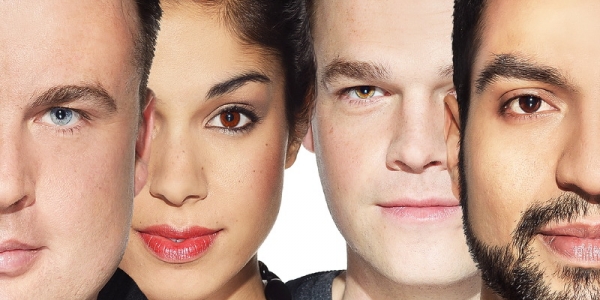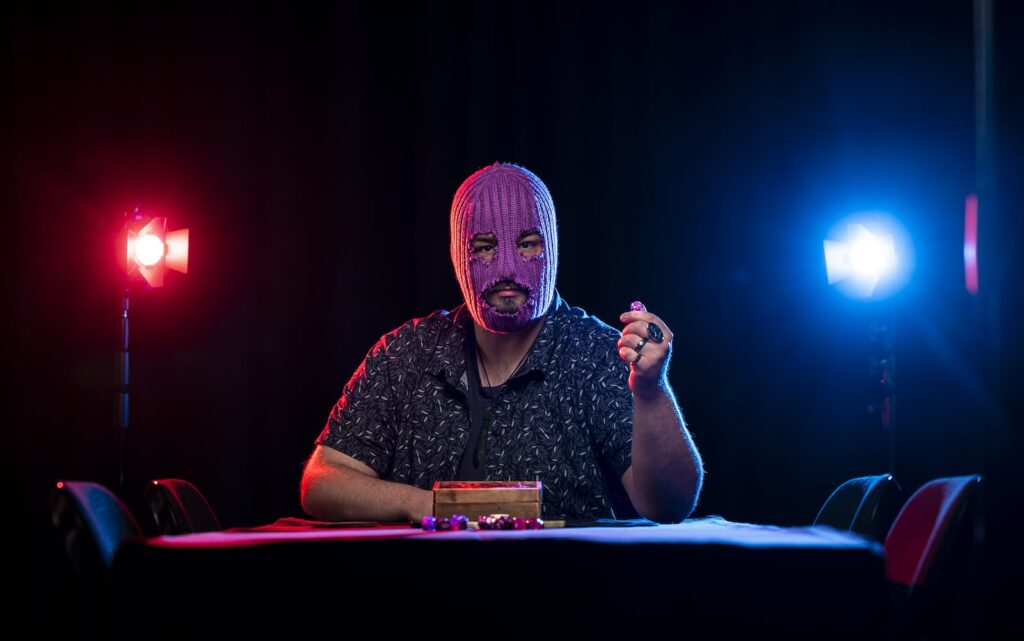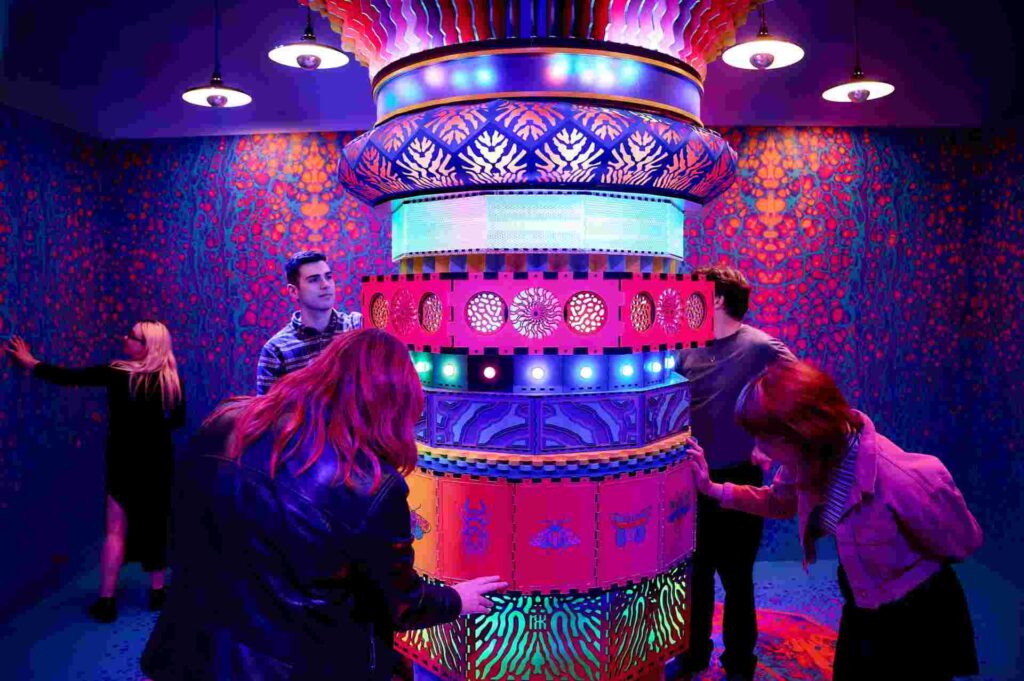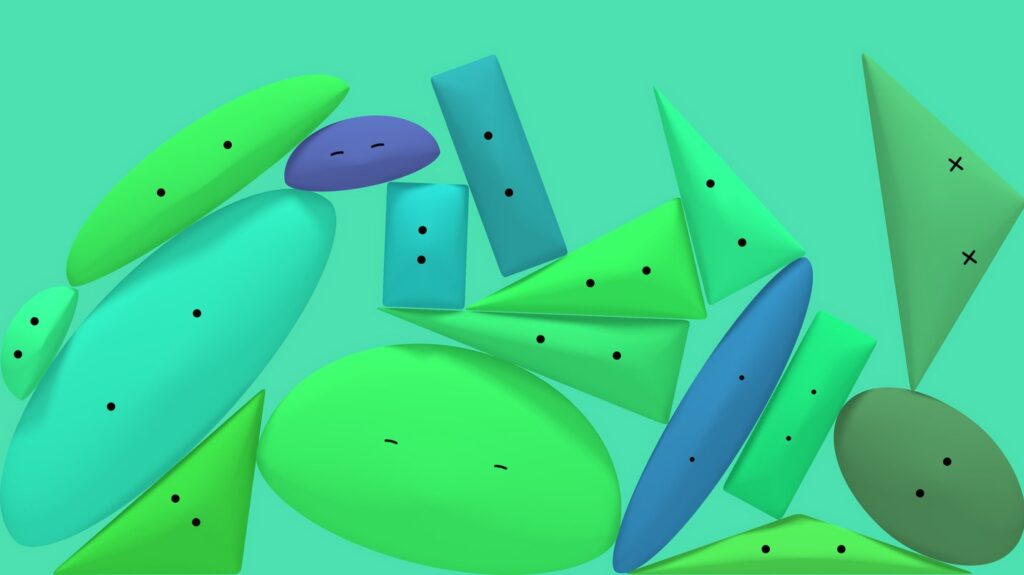“The reality is that there’s a real dynamic in this city and I don’t quite know what it is,” notes Brett Sheehy, who is returning for his fourth and final year as Artistic Director of Melbourne Festival. “Something happened in this city. For many years it’s been known as the cultural capital of the nation. It’s automatic that its premier international and national celebration of that in a condensed period is so significant to the city.”
Sheehy, who was recently appointed as the Officer of the Order of Australia in this year’s Queen’s Birthday Honours, previously worked as the Artistic Director of Adelaide Festival and the Festival Director and CEO of Sydney Festival. Through his work within these titles amongst his many other accolades and achievements, Sheehy has been allowed an incredible insight like few others into the artistic culture of Melbourne. “In this city more than any other in Australia, whether they partake in arts and culture or not, the vast majority of people will say that ‘arts and culture are a critical part of the fabric of our town’,” he shares proudly. “That’s unique to Melbourne. It’s why people refer to Melbourne as the ‘cultural capital’ and all of those other clichés – but they’re clichés for a reason.”
The 2012 program, which will mark Sheehy’s swansong before he embarks on the role of Artistic Director of the Melbourne Theatre Company, stays true to form as an exploration of artistic innovation. Spanning theatre, visual arts, dance and opera, the program was revealed on Monday including international premieres, stirring collaborations and long-awaited returns. Local artist Yandell Walton will display her unique projection art in Melbourne’s laneways, Human Effect, with flowering vines in an interactive animated jungle. Seminal artist Gregory Crewdson’s elaborate still photographs will be displayed in a retrospective at CCP In A Lonely Place, whilst this year’s guest of honour will be the stunning Antony Hegarty, who Sheehy who first presented to Australian audiences in 2005. “When I was putting this program together knowing that it was my last I was wondering if there was anything that I could bring to it that was really special – simply because I’ve just had so much experience. That’s when I began to think about all of the most extraordinary artists that I had worked with over the past ten years, whether they were Australian or international, and began to wonder about revisiting them and looking at the most recent work that they were making.
“Whilst I’m looking back historically, all of the art is completely new. I’m looking back and drawing upon the experience and how privileged I’ve been to come into the orbit of some of these artists. What I’ve loved is being able to find for Australian audiences is artists and companies who have never been here before and whom Australians have never heard of by-and-large, and actually taking the risk and saying ‘these people are incredible. You’ve never seen them, you’ve never heard them, but that ends now.’ Because I’ve had these amazing jobs I’ve had the opportunity to do that time and time again. Now I can say ‘okay, Akram Khan, William Forsythe, Antony Hegarty – you were special, and you were amongst the most special. Let’s have a look at what art you’re making now.'”
Reflecting on his time both as a director and a patron of the festival, Sheehy admires its longstanding influence on the city’s culture. “I was recently going through a list of companies that have been involved in Melbourne Festival over the past 27 years. Whenever I talk to patrons and they recall highlights of past festivals, whether it be Einstein on the Beach or Hedda Gabler – any of these productions that people remember fondly would never have been seen in this city without the festival presenting it. No arts centre ever presented this work, no commercial producer ever presented this work.
“When you go through each program, about 80% of the work presented in every Melbourne Festival was work that was only ever presented by the festival. That’s incredible. Say there’s an average of 60 shows for each of the 27 festivals – and you then take 80% of that – you’re talking about hundreds of productions that would have never have happened in this city if it wasn’t for Melbourne Festival. If you look at those works and realise not just how much poorer this city would be, but its artistic community would be for not having seen these works it would break your heart. People probably aren’t even aware of it, but Melbourne Festival has helped define culturally what this city has been for nearly three decades. If you look at the work, if you ask our artists what international work they’ve seen in Melbourne that has changed their lives, 90% of it will have been through the festival. The impact is huge – it’s incredibly significant. I think that the legacy that this festival has left behind [of] our own artists and our own artistic community has been staggering. I don’t think that Melbourne could be the city that it is without its festival.”
BY TYSON WRAY







